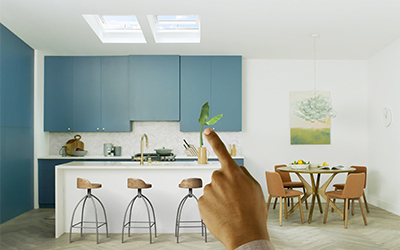Content Marketing
Social Media
Television and Video

According to the 2022 edition of B2B Content Marketing, the Content Marketing Institute’s annual report, 78% of content marketers said their organization will invest/continue to invest in video in 2023, up from 69% the previous year. How can brands strategically and effectively leverage video marketing trends in 2023? To find out, I sat down with Justin Smith, Wray Ward motion and photography director, and Karen Bryant, Wray Ward social media director, to talk about video content best practices.
How do you know when to push the envelope with video marketing?
Bryant: Be flexible and willing to try new things. A lot of brands struggle with the idea of having fun on their social channels. That’s why we recommend starting with a strategy that establishes your goals and key messages as the base layer to building social media videos. Keep your goals in mind and be intentional, but remember that having a little fun will show the authentic and relatable side of your brand.
Smith: When a client or creative director brings a request to me, ideas start buzzing in my head. The trick is to strike a balance between a big, audacious concept and something that will get viewers to take action. Simply getting people to watch the video isn’t enough. We want to emotionally connect with viewers so they take the next step —- whether that’s clicking to purchase, connecting with an installer or signing up for additional information.
That’s not to say you shouldn’t be disruptive. Test things. Push the limits. Our work with TOTO WASHLET bidet seats did that simply and effectively by using humor to bring the experience of using a bidet for the first time to the viewer.


